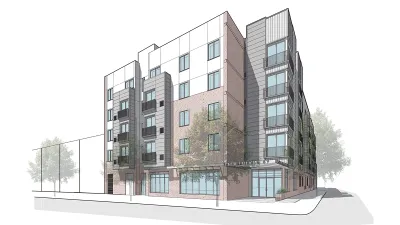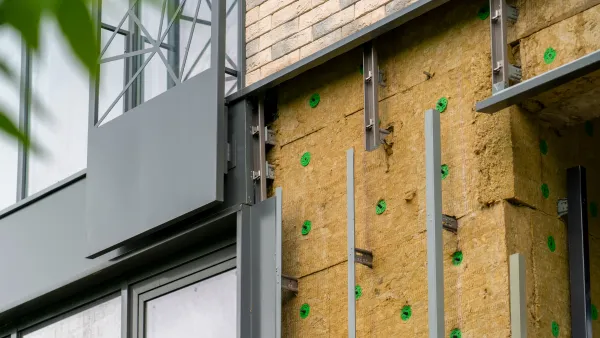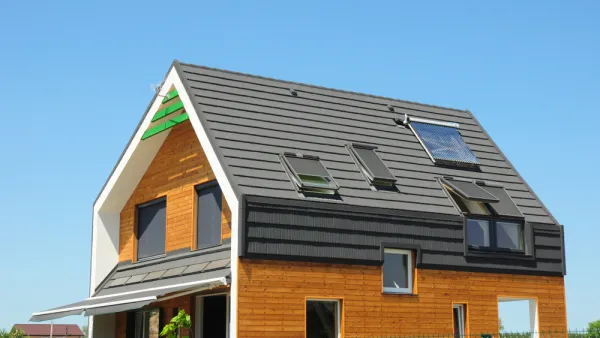Renovating old buildings instead of demolishing them as the better "green" option is preservation orthodoxy. But what if the decision between renovation and demolition is less than clear-cut?

Right at the beginning of this TreeHugger article by Lloyd Alter, the reader has been warned of forthcoming heterodoxy:
For years, this TreeHugger has been a proponent of preservation and renovation rather than demolition and replacement. But over the years I have renovated my own house twice, added a bit of insulation here and there but not enough to make a serious difference, because I wanted to retain that historic character of the wood and the windows. In the process I have probably spent as much money as I would have had I knocked it down and replaced it, and I have now "locked-in" fossil fuel consumption and carbon emissions, even though I pay a premium for "green" Bullfrog power and gas.
According to Alter, that choices were contrasted with a recent project by Bryn Davidson of Lanefab, which demolished an "asbestos laden fossil fuel hog" in favor of a new passive house. The key point for Alter is the "locked in" nature of emissions connected to buildings. Unlocking emissions from existing buildings is "really expensive and challenging," according to Alter.
"I keep saying, 'The greenest building is the one already standing,' but if we want a world of zero emissions, along with increased density and affordable housing, we might have to give up a bit of that "neighbourhood character" or other similar excuses that are often used to prevent new housing from being built, and learn from Byrn."
FULL STORY: Renovation or demolition? The question gets tougher every day

National Parks Layoffs Will Cause Communities to Lose Billions
Thousands of essential park workers were laid off this week, just before the busy spring break season.

Retro-silient?: America’s First “Eco-burb,” The Woodlands Turns 50
A master-planned community north of Houston offers lessons on green infrastructure and resilient design, but falls short of its founder’s lofty affordability and walkability goals.

Delivering for America Plan Will Downgrade Mail Service in at Least 49.5 Percent of Zip Codes
Republican and Democrat lawmakers criticize the plan for its disproportionate negative impact on rural communities.

Test News Post 1
This is a summary

Test News Headline 46
Test for the image on the front page.

Balancing Bombs and Butterflies: How the National Guard Protects a Rare Species
The National Guard at Fort Indiantown Gap uses GIS technology and land management strategies to balance military training with conservation efforts, ensuring the survival of the rare eastern regal fritillary butterfly.
Urban Design for Planners 1: Software Tools
This six-course series explores essential urban design concepts using open source software and equips planners with the tools they need to participate fully in the urban design process.
Planning for Universal Design
Learn the tools for implementing Universal Design in planning regulations.
EMC Planning Group, Inc.
Planetizen
Planetizen
Mpact (formerly Rail~Volution)
Great Falls Development Authority, Inc.
HUDs Office of Policy Development and Research
NYU Wagner Graduate School of Public Service





























